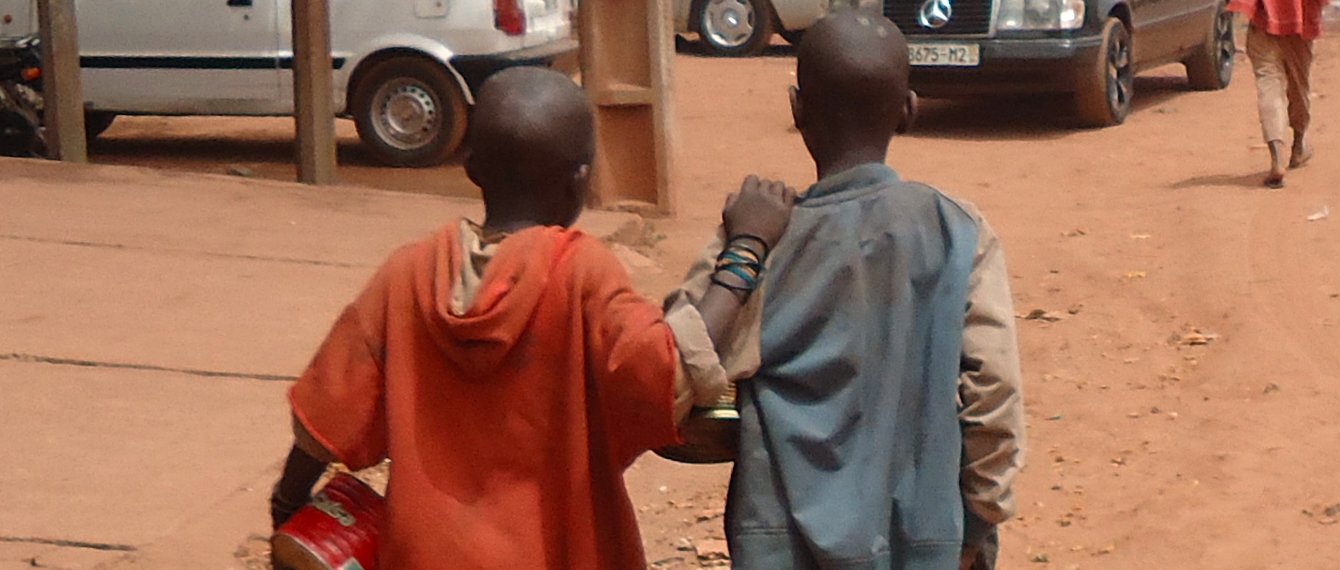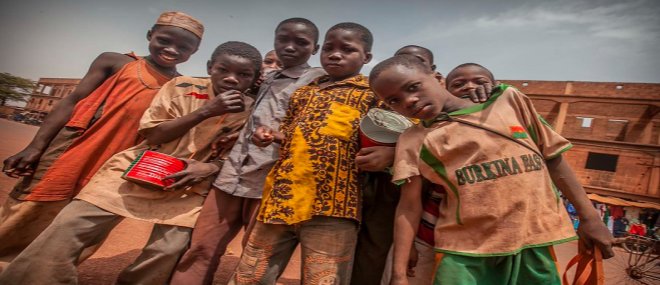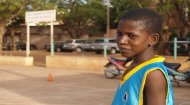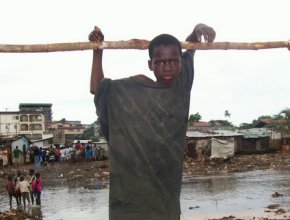|
|
|
Mali Street Children |
Mali Street Children |
Mali Street Children | Mali Street Children |
For information, videos and photos of the West African country of
Mali, check out our Mali pages.
More >
|
|

|
These children have very limited life opportunities, are out of school, have no access to health care nor are ever likely to enter the official job market. In turn they are at risk of sexual exploitation and trafficking ~ its a simple fact that if a child is taken from the streets and trafficked no-one, apart from their fellow street kids and gange members, would ever know or even care. Around 15,000 children in Mali, many of them street children, are trafficked every few years to the Ivory Coast where they work on cotton and cocoa plantations whilst girls are similarly trafficked there mainly for domestic servitude. Other children end up on the streets in Mali, 90% of whom are boys, because they have been sent to harsh Koranic schools mainly at the insistence of their fathers who not only want them schooled in Islamic tradition but also because of poverty and an inability to provide for their children. Part of this 'schooling' is to beg on the streets, an activity that is seen as an integral part of their religious education. These children are known as 'manya' and, when they return to their school, they hand over their spoils to the Koranic masters and those who don't return with sufficient rewards are beaten and otherwise punished.
|










 The authorities in Mali are aware of this activity but do little or nothing to address it preferring to turn a blind eye. This harsh treatment causes many children to run away, and, unable to return home to face further beatings, they end up not just begging on the streets, but living on them. In fact around 30% of street children in Mali state they are street children following abuse by their Koranic masters. Of all these street children it is estimated that around 19% are aged under 13yrs old with the majority (46%) aged 13-16yrs, the remainder are 16yrs and over, although of course, once they reach 18yrs they are no longer classified as children, but they remain on the streets nonetheless. The video (above) gives some insights into the lives of street children in Mali together with projects and programs operating there that you may choose to support.
The authorities in Mali are aware of this activity but do little or nothing to address it preferring to turn a blind eye. This harsh treatment causes many children to run away, and, unable to return home to face further beatings, they end up not just begging on the streets, but living on them. In fact around 30% of street children in Mali state they are street children following abuse by their Koranic masters. Of all these street children it is estimated that around 19% are aged under 13yrs old with the majority (46%) aged 13-16yrs, the remainder are 16yrs and over, although of course, once they reach 18yrs they are no longer classified as children, but they remain on the streets nonetheless. The video (above) gives some insights into the lives of street children in Mali together with projects and programs operating there that you may choose to support.


